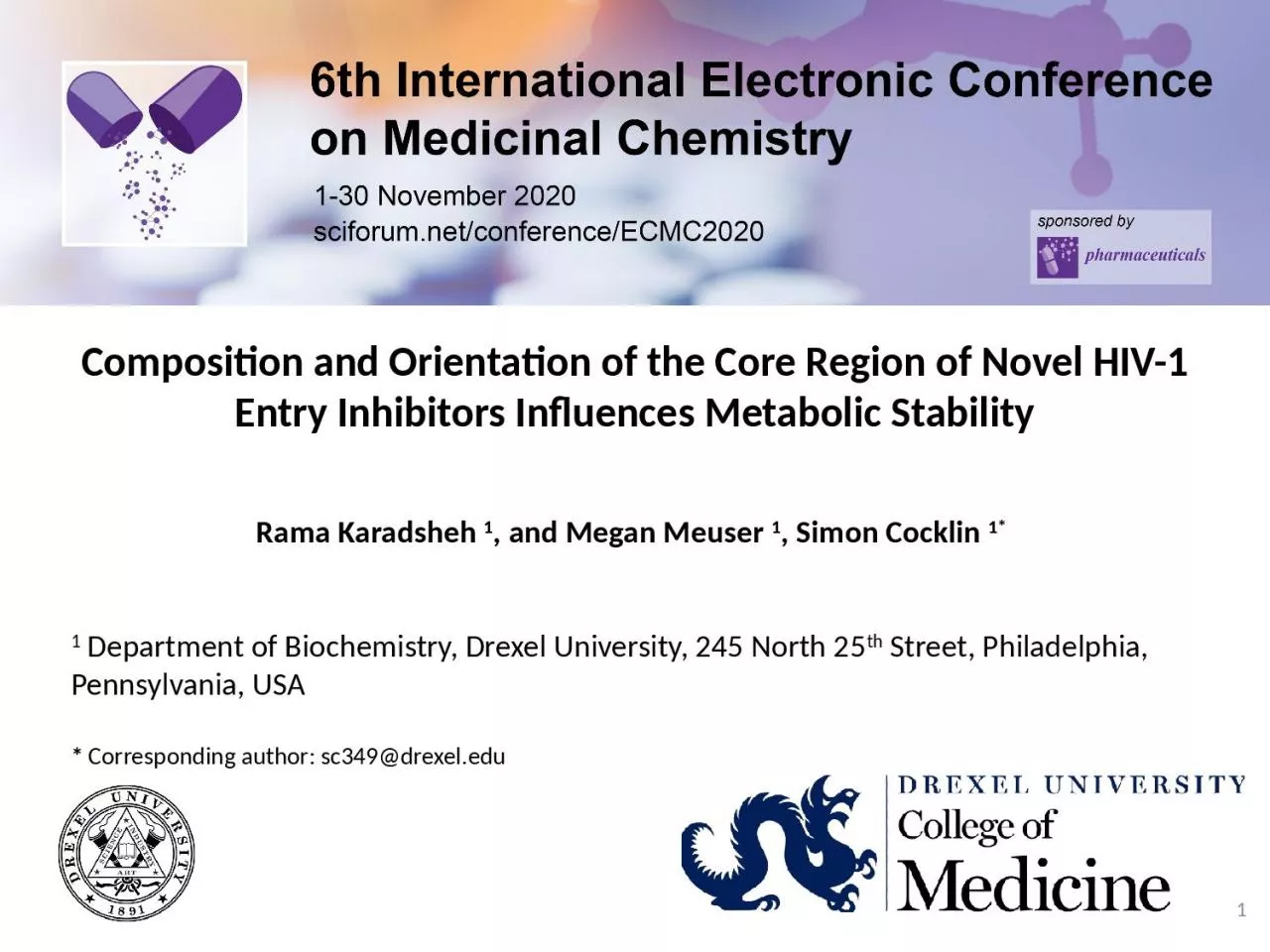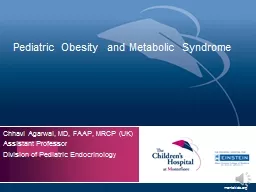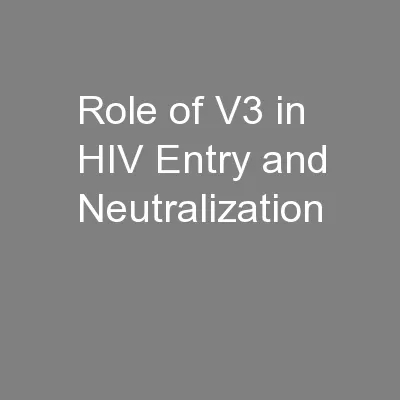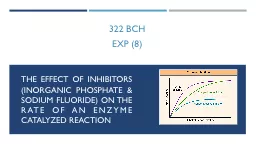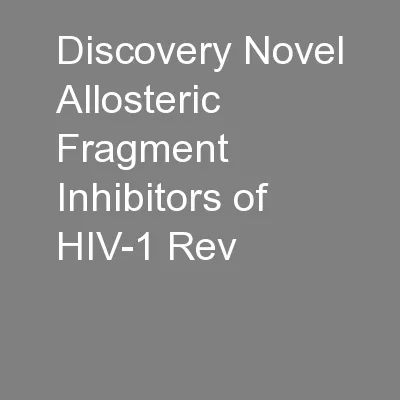PPT-Composition and Orientation of the Core Region of Novel HIV-1 Entry Inhibitors Influences
Author : rosemary | Published Date : 2023-09-22
Rama Karadsheh 1 and Megan Meuser 1 Simon Cocklin 1 1 Department of Biochemistry Drexel University 245 North 25 th Street Philadelphia Pennsylvania USA
Presentation Embed Code
Download Presentation
Download Presentation The PPT/PDF document "Composition and Orientation of the Core ..." is the property of its rightful owner. Permission is granted to download and print the materials on this website for personal, non-commercial use only, and to display it on your personal computer provided you do not modify the materials and that you retain all copyright notices contained in the materials. By downloading content from our website, you accept the terms of this agreement.
Composition and Orientation of the Core Region of Novel HIV-1 Entry Inhibitors Influences: Transcript
Download Rules Of Document
"Composition and Orientation of the Core Region of Novel HIV-1 Entry Inhibitors Influences"The content belongs to its owner. You may download and print it for personal use, without modification, and keep all copyright notices. By downloading, you agree to these terms.
Related Documents

